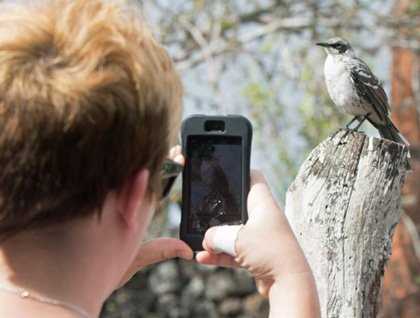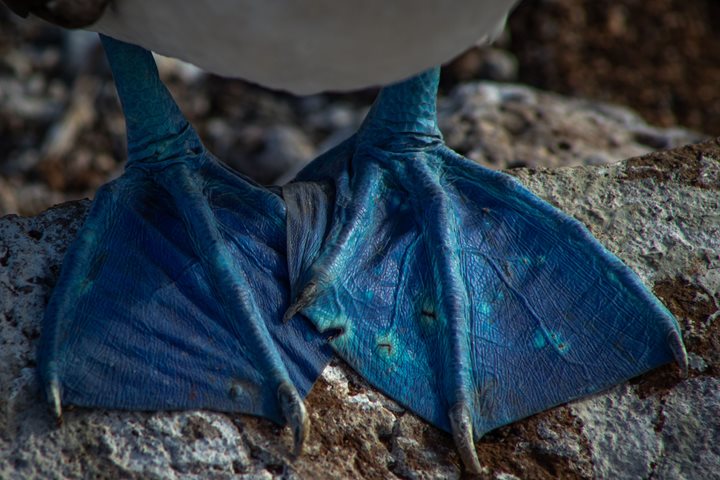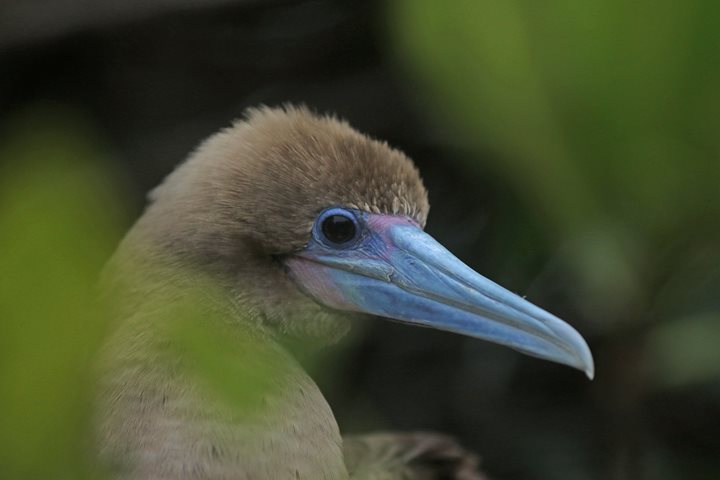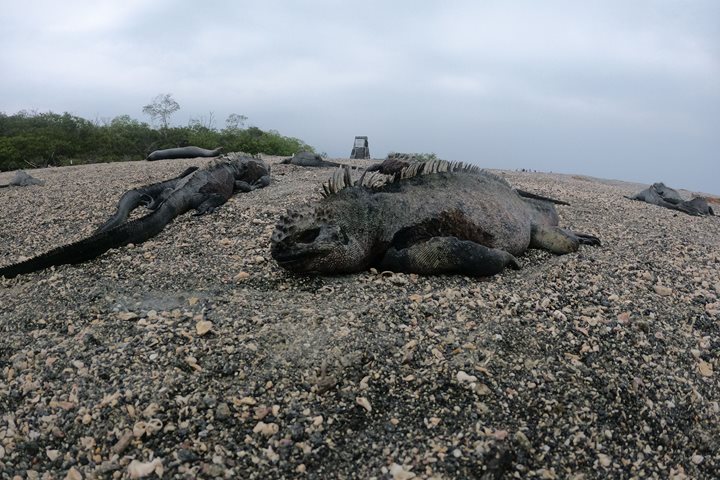Galapagos Giant Tortoises are a legend in this magical archipelago. After all, it got its name from the amazing creatures which inhabit its largest islands and volcanoes. In the eighteen hundreds they attracted whalers, as they knew a tortoise could live with no food or water for a long time. Therefore they were an important source of meat for these sailors who spent months, sometimes years at sea.
Today we know the tortoises for a different reason, actually, for many different reasons. They are great examples of evolution, of how an isolated species can evolve in unique ways. The several kinds of tortoises we find in the Galapagos today diverged from a common ancestor. On each of the volcanoes or islands they evolved in remarkable and specific ways. They are all related, but different.
The tortoises are both an example of the harm human beings can do to nature, but also of the ways we can restore situations as well. Four sub species of Galapagos tortoises are gone forever. It’s true and it’s sad, however, many have been saved from extinction. There were only a small number of tortoises left from Espanola, Pinzon and San Salvador and now thousands have been bred in captivity and already repatriated back to their islands.
At Santa Cruz we had a close look at the tortoises’ bitter-sweet story. We met the people who can make a difference, the inhabitants of the Galapagos, and we found tortoises in the wild and at the breeding center. So it was a day for reflection, to think about the implications of our actions for the wellbeing of the planet and its creatures. it was a day for hope.









